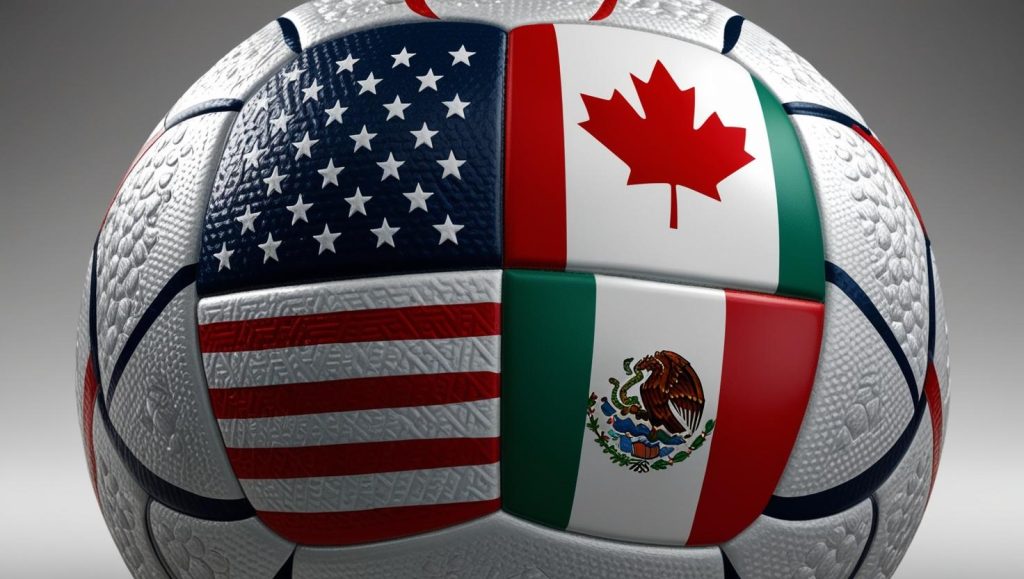The Hidden Costs of Offshoring & How Nearshoring Solves Them


In an effort to cut production costs, many companies have traditionally turned to offshore manufacturing in countries like China, Vietnam, and India. While the upfront savings may seem appealing, the hidden costs of offshoring can quickly erode profitability and introduce significant supply chain risks.
As global supply chains face increasing disruptions, nearshoring—moving production closer to home—has emerged as a smarter, more cost-effective alternative. Here’s a closer look at the true costs of offshoring and how nearshoring to Mexico with Sourceflow can be the key to a more resilient and cost-efficient supply chain.
The Hidden Costs of Offshore Manufacturing
1. Long Lead Times & Supply Chain Delays
Shipping products from Asia to North America can take weeks or even months due to customs, port congestion, and unpredictable geopolitical factors. These delays not only slow down production but also impact customer satisfaction and revenue.
✅ Nearshoring Advantage: Manufacturing in Mexico significantly reduces lead times, often cutting delivery windows to just a few days.
Figure 1 shows transit times on the Asia–North America trade route have surged, peaking in January due to the Red Sea crisis. As of June 2024, transit times on this route are up 35% year-over-year.

Figure 1 Analyzing Transit time Delays Along Key Global Trade Routes https://supplychaindigital.com/logistics/analysing-transit-time-delays-along-key-global-trade-routes
2. Rising Tariffs & Trade Uncertainty
U.S.-China trade tensions have led to unpredictable tariffs and trade barriers, driving up the cost of importing goods. Companies relying on offshore manufacturing are left vulnerable to sudden regulatory changes that can disrupt financial planning.
✅ Nearshoring Advantage: Mexico offers trade benefits under the USMCA agreement, reducing or eliminating many tariff concerns for North American companies.
3. High Shipping & Logistics Costs
International freight costs have skyrocketed due to increased demand, fuel price fluctuations, and container shortages. Shipping heavy industrial parts or high-volume products from Asia can significantly increase total landed costs.
✅ Nearshoring Advantage: Shorter transportation routes from Mexico drastically lower shipping costs, allowing businesses to reinvest savings elsewhere.
4. Quality Control Challenges
Managing product quality across long distances is difficult. Companies often face unexpected defects, production inconsistencies, and compliance issues due to lower oversight.
✅ Nearshoring Advantage: With manufacturing in Mexico, companies can conduct on-site inspections more easily and maintain closer control over quality standards.
5. Hidden Costs of Inventory & Warehousing
Longer lead times mean companies must stockpile inventory, tying up cash flow and increasing warehousing costs. Holding excess stock also leads to risks like obsolescence and damage.
✅ Nearshoring Advantage: Faster production and shipping cycles allow for leaner inventory management, reducing overhead costs and improving cash flow.
Why Nearshoring with Sourceflow is the Smart Choice
At Sourceflow, we specialize in helping companies shift their supply chains closer to home by leveraging Mexico-based manufacturing partners. Our expertise ensures:
- Cost-effective production without compromising quality.
- Reliable, vetted manufacturers that meet your industry standards.
- End-to-end supply chain management, including logistics and quality control.

Ready to reduce costs and improve your supply chain? Contact Sourceflow today to explore nearshoring solutions tailored to your business.